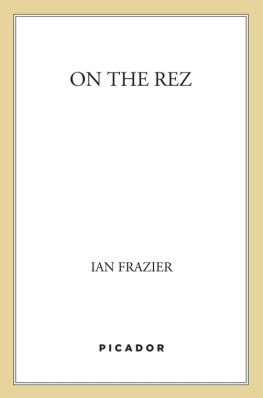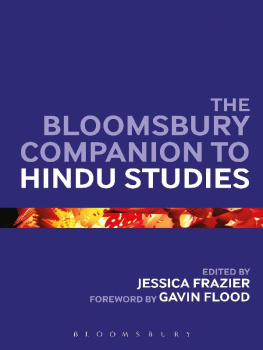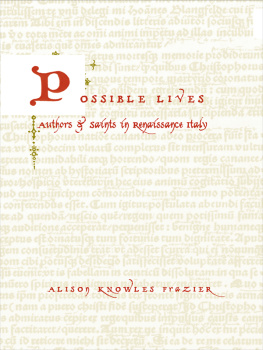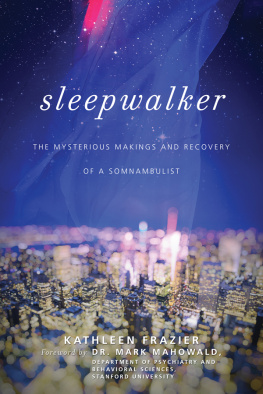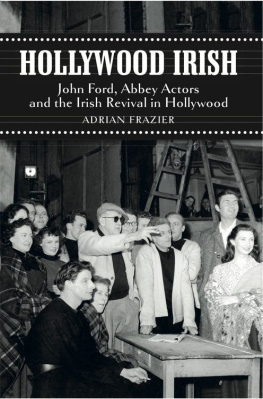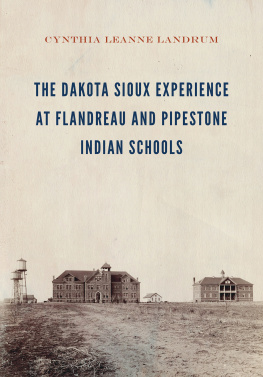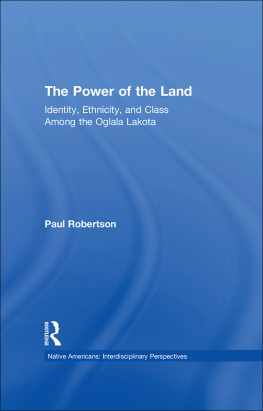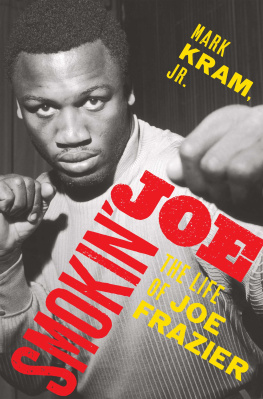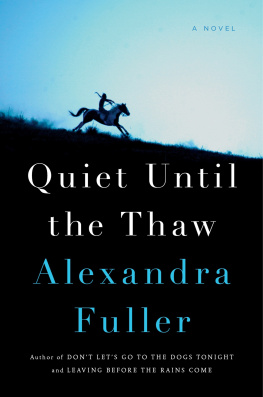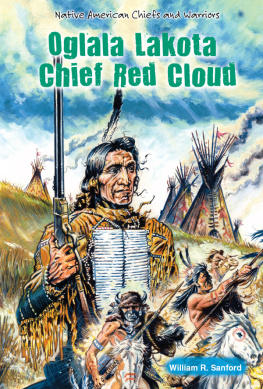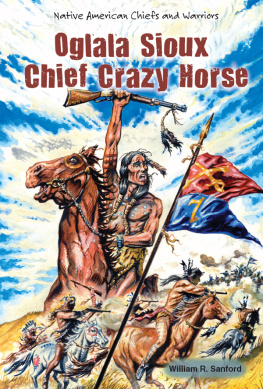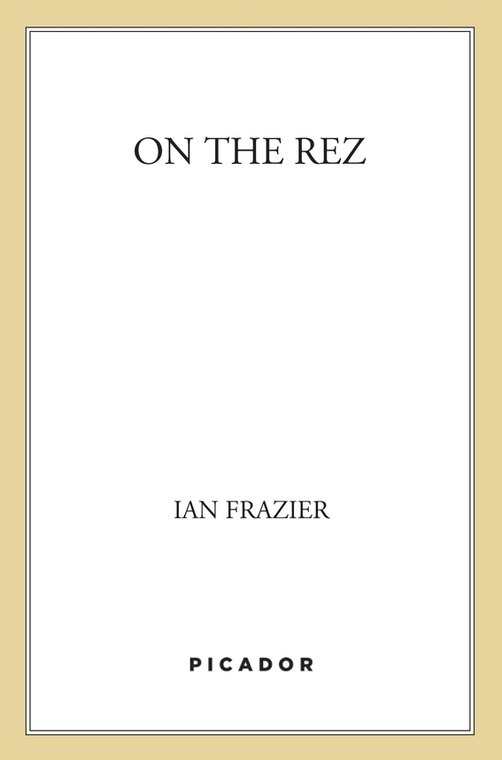CHAPTER 1
A description of the recalcitrance of Powhatan is found in Linking Arms Together: American Indian Treaty Visions of Law and Peace, 1600-1800, by Robert A. Williams, Jr. (1996), p. 31. The Englishmen wished Powhatan to come to them at Jamestown to receive his crown, and Powhatan objected, Your father is to come to me, not I to him.
John Smith, of the Jamestown Colony, was among the party who went to Powhatans village to present the crown, and he recalled the ceremony in his Captain John Smiths History of Virginia (reprinted 1970), p. 69: But a foul trouble it was to make him kneel to receive his crown; he neither knowing the majesty or meaning of a crown, nor bending of the knee, endured so many persuasions, examples and instructions as tired them all. At last, by leaning on his shoulders, he a little stooped, and three having the crown in their hands put it on his head.
Joseph Brant, a graduate of Dartmouth, also translated the Bible into Mohawk. On one of his visits to London he met James Boswell, who became a friend and interviewed him for The London Magazine. See Life of Joseph BrantThayendanega, by William L. Stone (1845), Vol. II, p. 251.
Indians Abroad, 1493-1934, by Carolyn Thomas Foreman (1943), p. 96, says that the famous incident between Brant and the King and Queen took place during a visit Brant made in 1785.
There are a number of biographies of Red Cloud. The description of his trip to New York and Washington, D.C., and of his reception and speech in the capital, is in Red Cloud and the Sioux Problem, by James C. Olson (1965), pp. 103-5.
The Senate select committee went to Standing Rock Reservation in 1883 to investigate grievances there. The committee chairman tried to intimidate Sitting Bull with accusations that he was not a chief: I do not know any difference between you and the other Indians at this agency. Sitting Bull replied, I am here by the will of the Great Spirit, and by His will I am a chief. My heart is red and sweet, and I know it is sweet, because whatever passes near me puts out its tongue to me. The senator who told Sitting Bull that he had no following, no power, no control, and no right to any control, and threatened to throw him into the guardhouse, was John A. Logan of Illinois. The Sioux called him High Hat, because he wore one. See Sitting Bull, Champion of the Sioux, by Stanley Vestal (1957), pp. 241, 247.
Many twentieth-century Indian accounts describe the efforts of educators to break Indian students of speaking their native tongues. Among others, see Sundance: The Robert Sundance Story, by Robert Sundance with Mark Gaede (1994); Lame Deer, Seeker of Visions, by John Fire/Lame Deer and Richard Erdoes (1972); and the somewhat unreliable Where White Men Fear to Tread: The Autobiography of Russell Means, by Russell Means with Marvin J. Wolf (1995).
The quotation from the account of Amerigo Vespucci appears in Americanizing the White Man, an essay by Felix S. Cohen collected in his The Legal Conscience: Selected Papers of Felix S. Cohen , edited by Lucy Kramer Cohen (1960), p. 324.
So widespread was the notion of the Indians coming extinction that it served (for example) as the justification for the photographs of Indians taken by Edward S. Curtis at the turn of the century. These now-familiar pictures, of Chief Joseph and Geronimo and many other Indians famous and obscure, were done partly to record a race that would soon be gone, as Theodore Roosevelt pointed out in his foreword to Curtiss The North American Indians: Being a Series of Volumes Picturing and Describing the Indians of the United States, and Alaska (1907-9).
In February of 1891 Bill Nye wrote a column that attempted humor on the subject of the Ghost Dance and the Wounded Knee massacre:
Standing Horse, who led the ghost dance, wore a United States wagon cover on his arrival, and also threw one corner of it over his departure; but when the dancing began he checked this outer wrap, and was discovered to be dressed lightly in a tiara of dickey birds feet and a coat of shellac. He danced until utterly worn out and exhausted, when he fell to the ground, and a tidy was thrown over him by an attendant
The column appeared in the Aberdeen (South Dakota) Saturday Pioneer of February 8, 1891. The Saturday Pioneer s editor was L. Frank Baum, later the author of the Wizard of Oz books for children. Baum hated Indians, and days after Wounded Knee wrote in his editorial column: The PIONEER has before declared that our only safety depends upon the total extirmination [sic] of the Indians. Having wronged them for centuries we had better, in order to protect ourcivilization, follow it up by one more wrong and wipe these untamed and untamable creatures from the face of the earth. In this lies future safety for our settlers Aberdeen Saturday Pioneer, January 3, 1891.
In 1996 the United Methodist Church apologized for the Sand Creek MassacreColonel John M. Chivington, who led the Colorado militiamen who attacked the Cheyenne at Sand Creek, was a Methodist lay preacher.
Laird Cometsevah, of Clinton, Oklahoma, is a spokesman for the descendants of Sand Creek survivors. He is the great-grandson of a survivor named Leg Calf.
Stories about the Mohican tribes successful protest against Wal-Mart appeared in The New York Times of January 21, 1996 (XII-WC, 12:5), and February 16, 1996 (B, 6:1).
(The Mohican Tribe, known as the Stockbridge Munsee Community, whose reservation is in Bowler, Wisconsin, say that Fenimore Cooper got his orthography wrong, and that the Indians he had in mind were probably the Mohegans. Uncas was a chief of the Mohegans, not the Mohicans.)
Indian population figures come from newspaper articles on the U.S. Census ( The New York Times, April 25, 1971, 61:2; October 20, 1971, 26:4; November 19, 1992, A, 20:4), and from Killing the White Mans Indian: Reinventing Native Americans at the End of the Twentieth Century, by Fergus M. Bordewich (1996), pp.53-55.
Details about the genocidal policies of the state of California in the nineteenth century appeared in news stories in Indian Country Today, a nationwide newspaper published out of Rapid City, South Dakota (May 14-21, 1996, p. A6), and in The New York Times (May 7, 1996, A, 14:4).
The story of the Gnadenhutten massacre is in A Century of Dishonor: A Sketch of the United States Governments Dealings with Some of the Indian Tribes, by Helen Hunt Jackson (1881), pp. 317ff.
Nancy Bill, injury prevention specialist with the Indian Health Service in Window Rock, Arizona, told me about the high rate of traffic fatalities among the Navajo.
The contribution of American Indians to world agriculture is described in Cohen, p. 317. For a more extensive discussion of this subject, see Indian Givers: How the Indians of the Americas Transformed the World, by Jack Weatherford (1988), Chapters 4-6.
The first Europeans to record a sighting of the potato were Spaniards with the expedition led by Jimnez de Quesada to native villages in the Andes Mountains in what is now Colombia. The year was 1537. By 1590 the potato had appeared in England. See The Potato: Evolution, Biodiversity, and Genetic Resources , by J. G. Hawkes (1990), p. 10.
Cohen (pp. 321ff.) also describes the seminal contribution of the Iroquois to American democracy and constitutional government.

